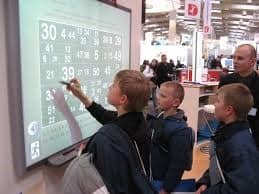Learning about the human body (for doctors and medical students) was restricted to looking at human organs in jars when they’re already dead, this new 3D technology brings the organs to life and enables students to look at the way in which the human body functions normally.
School Excursions
High expectations, research has demonstrated, lead to higher results through the ‘Pygmalion’ effect – that is, a student will become what is expected of them.
If a culture of low expectations is in place, the students in this classroom will achieve to the expectations set – so not very highly. The five techniques outlined in the chapter are extremely strong in their pedagogical value.
A Tablet A Day This is a synopsis from an article first published in “The Economist” on the 7th of July 2014 and is entitled “A Tablet A Day”. Access to this article can be found on “The Economist Website” or by following the link here. Examining Nigeria’s education crisis, this article sees technology as a







